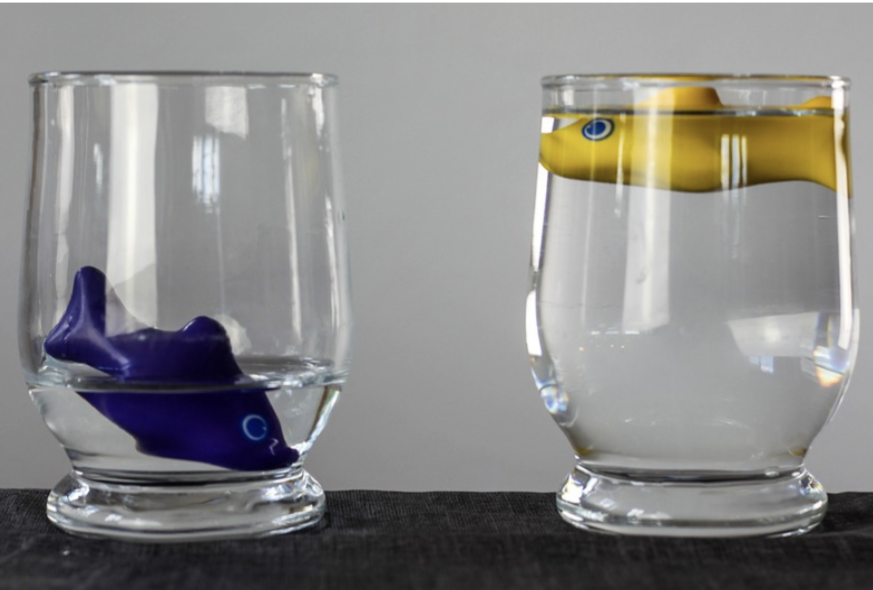Self-Perceptions and Social Disparities in Education

Investigators @RILL: Sarah Hofer
Collaborators: Jason Yip (University of Washington), Sahba Besharati (University of the Witwatersrand), Eddie Brummelman (University of Amsterdam), Jörg-Henrik Heine (TU Munich), Frank Reinhold (PH Freiburg)
Duration: September 2021 (start)
Funding: CIFAR and the Jacobs Foundation
Main Goals, Key Methods, and Practical Relevance: With this multisite interdisciplinary project, we aim to tackle educational inequality using children’s self-perception profiles. The literature has converged to agree that not all children have the same opportunities to develop their potential. Socioeconomic inequalities have long pervaded education systems worldwide, and the COVID-19 pandemic has, in part, exacerbated existing disadvantages.
Even with the influence of protective factors and resilience not widely understood, arguably, children from socioeconomically disadvantaged backgrounds have fewer opportunities to grow and develop their abilities. How do these experiences of disadvantage influence children’s development of self? We theorize that these experiences can become ingrained in children’s self-perceptions. Children from disadvantaged socioeconomic backgrounds might be less encouraged and supported to develop their academic skills. Consequently, they may have less confidence in their abilities, feel uncertain when their aspirations deviate from family traditions, and infer they don’t belong in an academic environment. These self-perceptions, in turn, have been shown to be associated with low educational aspirations, expectations, and success. This project asks: How do self-perception variables relate to learners’ proximal and distal socioeconomic environments and to educational achievements?
Bridging insights from educational science, developmental psychology, and information sciences, as well as contemporary neuroscientific views on the development of the self throughout the life course, we study the consequences and origins of adolescents’ and children’s self-perceptions in the context of educational inequality.

